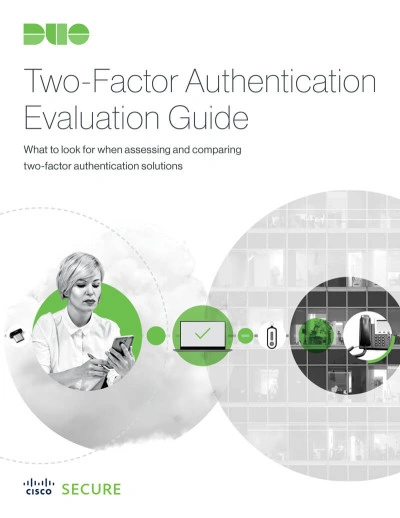Two-Factor Authentication (2FA) Evaluation Guide
This evaluation guide will help you assess and compare various two-factor authentication solutions based on specific factors. Use this guide to help you ensure that the solution you choose provides the right benefits for your business.

In this whitepaper, you will learn:
Security Impact - One of the essential factors to consider is whether the two-factor authentication solution can reduce security risks and provide visibility into your environment. A good solution should protect your data and provide secure access to your network and applications.
Strategic Business Initiatives - A suitable two-factor authentication solution should be compatible with cloud, mobile, and bring your own device (BYOD) initiatives. It should also fulfill compliance requirements and provide additional benefits such as improved user experience.
Total Cost of Ownership (TCO) - Understanding the total cost of ownership of the solution is crucial to make an informed decision. This includes assessing the upfront costs as well as any potential hidden costs such as deployment, operation, and maintenance.
Resources Required - It is essential to evaluate whether your existing staff can deploy and maintain the two-factor authentication solution or if additional personnel or contractors will be required.
Who is this guide for?
Organizations looking to provide a user experience that enables higher productivity and stronger security
CISOs tasked with defining strategic business and security initiatives that drive value
CIOs and CTOs who make security a priority and aim to protect their organization
SecOps members concerned with securing the organization against data breaches and other threats
Administrators who want to enforce strong authentication that frustrates attackers, not users
Analysts whose role is to prioritize risks and remediate vulnerabilities while proactively avoiding attacks
